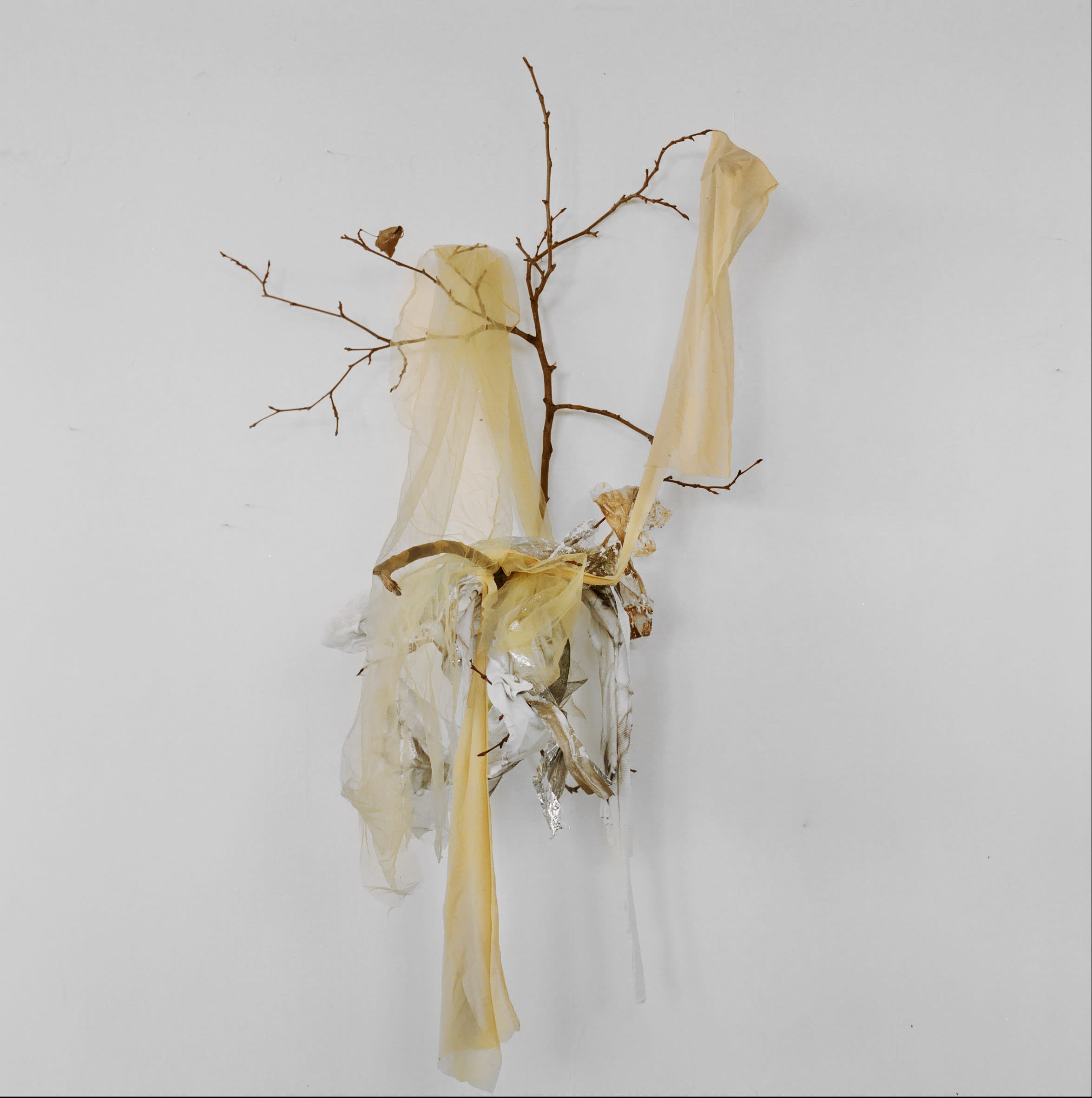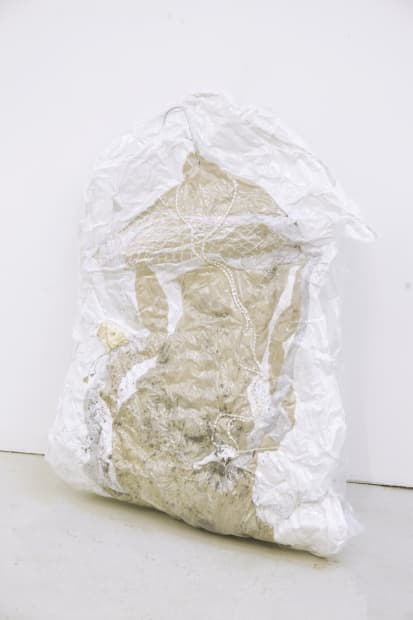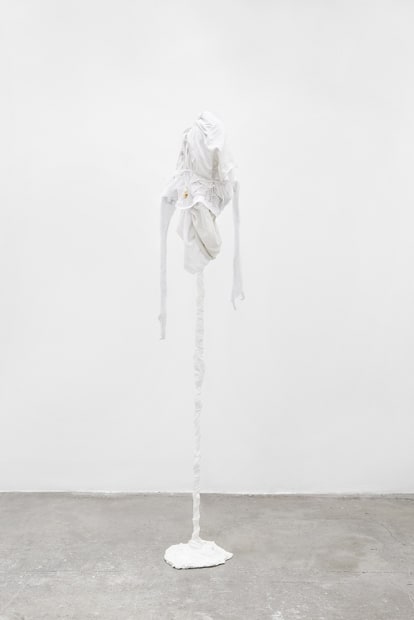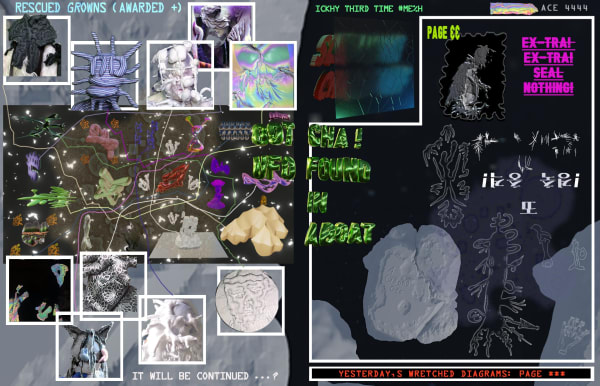-
NUKA NAYU & ALEJANDRO VILLA DURAN
IN CONVERSATION -
NN: First of all how are you? How have you been after graduation at RCA? Could you say a few words about what you are doing in Ecuador for your residency?
AVD: Hello, thank you for the first question. I am all healthy which is the most important, but feeling more and more surreal as time passes, does this vortex have an end ?
RCA at the end became tough, the last terms is when Covid hit London and we all had to lock ourselves up in our rooms, and materials will take around 7 working days to arrive, so it was challenging but I was able to make work and many of my peers did it so it felt positive to see all these ideas and projects coming together in such weird times, so after graduation I packed my bags and went to Mexico, I have been discovering the city and making new friends.
I am in Ecuador now, it is definitely a magical place. Quito is surrounded by the Andes and it is so high up in the mountains that it is hard to breathe if you're not used to it. I was invited to do a residency as part of a new contemporary space called Rudimento. I have been wandering around the city going to parks and the city centre, chatting to people, life here has a different time everything is a bit slower people are not rushing so they really are there in the moment. I've been researching in the gallerie’s library, where I bumped into The Spiritual in art Abstract Painting 1890-1985. Also Reading loads about Hilma af Klint, she's a star. I have been painting for a few years now but I haven't shown any of my paintings so I'm thinking of how to continue painting while I'm here.
I'll set off to the Jungle in a few days. I'll be in the Amazonas for a whole month, quite isolated, the gallery has a studio there, so I am preparing mentally for that, as I will get to disconnect to connect while getting to use some ascetic practices, while making work for my show at the end of the residency, so looking forward to transmute with the jungle... or get lost probably, or eaten by an anaconda.
-

-
NN: Wildness and the idea of nature are both something that we share ideas of in our practice, but in some respects have conflicting views on. It would be interesting if you could define your idea of wildness, and what comprises your method of reclaiming wildness and nature? What does queer ecology mean to you, and how do you navigate yourself through it?
AVD: When I speak about wildness I try to reconstruct the idea of what the self can be or let itself be in an environment that has been domesticated by heterosexuality, so wildness can often in my work show as a process of unlearning, this intimate process often comes not as a resistance but as way to navigate a terrain with an honest attitude towards sexuality.
For me the word wild is often difficult to grasp as we have the idea that wild is that inhabited place, that is full of plants and animals, a dangerous environment as it hasn't been touched by humans, but i often think that this environment can happen anywhere. i believe also for queer people this wild envirorments happen in habited places cities, these cities can be hostile and difficult to navigate, an envirorment that can feel unsuitable and challenging. In an imaginative plane I like to think of cities as this environment full of animalistic humans trying to eat/attack each other then doesn't fit into the norm, but this attacks are often in a mind/spiritual level as society has this shield of political correctness where people behave rationally but can hurt each other in different subtle hidden ways.
This is the reason why in my work I often try to find places to escape, so part of my practice is finding safe and honest spaces where my body can thrive. And this is where the ecological element develops in my practice, where I often find landscapes of mutual respect and the order of things can work in disaccordance of the precondition of hetero norms. Where is home for the queer? Whilst navigating a hostile terrain, there are spaces where acceptance vibrates in a high frequency, for this reason I perform solitarily in natural landscapes, where I am exposed in a space and there is no bouncing judgement there is the true essence of grasping your own wilderness.
-
AVD: So I believe queer ecology is how we carry our bodies in the envirorment we live in and how we aknowledge it, much of my work is the process of being comfortable with who we are in the present in the specific environment we develop but also with the changes that the being/body will develop with, as I see sexuality as a transitional energy that if we allow it to flow, the relationship with the bodies (living creatures) around it everything work in harmony, so in my work i try to work with opposites; to build a path to this harmony we need battles, breaking ideas to then contstruct new ones, much of my questions focus on identity and I am always willing to adapt to the changes that the body and sexulity suit for its stability and well being.
In a way a lot of my research goes back to the ideas of Jack Halberstam of decolonising certain words like wilderness and queerness, and understanding that the body which holds a physical, spiritual and mental entity goes beyond ideologies and culture and becomes a personal relationship that you have in an environment and a landscape, doesn’t matter if its urban or ‘natural’ and how actually the world itself is very weird.
It took some time for me to realize as I remember when I was growing up it took me some time to accept myself as queer, which at the time I called homosexual, and I remember thinking when I was in my early 20’s if society works in a specific order then ´am I doing things right´ do i belong in this world ´´ or how gloria anzaldua would say `am i a beast´? I have realized that you have to be very brave and you have to always be rediscovering who you are and noticing that the who we are is transformative and the ‘what we are’ comes from a lineage of a past and acknowledging that, and being aware of what our ancestors did to this world, if they helped it or they harmed it because all of that makes us more sensible in how we can take action in shaping the world for our future generations.
-

-
NN: You once told me that you wear the clothes that you use in your work before putting them into the sculpture, can you explain a bit more about this process? How is it connected to your ideas?
AVD: Throughout my early years when I was a young teenager I was much influenced by fashion, I had all my attention in this industry and through clothing I was able to express myself, sometimes hiding from my parents I would go upstairs to my parents room and wear my moms dresses, or after taking a shower I would make garments out of the shower towels, I believe there is a certain power in clothing and the things we wear. Garments have an extended aura to who we are and they certainly enable us to walk and behave the way we really want to express our identity, well at least this is the case in my personal experience.
When I became a bit older I started to realize the impact of capitalism on our bodies and identities and much of what I believed who I was, was completely transformed and distorted by this system. I decided to take upon creating ownership of who I am, my own identity and this would be a journey of investigating my wildness through experiencing it.
-

-

-
NN: What's your decision in buying second hand garments? What is your thought process? How do you get inspiration?
AVD: As my work talks about identity I try to reflect that into the work, but it is not because I go and buy second hand garments into a shop, it comes from wanting to show a certain part of me in the work. So I do use something in the work that is part of my wardrobe, personal objects and accessories that were part of my daily life, that yes I went and bought in a second hand shop and I used to wear, and then I thought that it was important to be used for a piece of work.
-

-
I believe queer ecology is how we carry our bodies in the envirorment we live in and how we aknowledge it.
ALEJANDRO VILLA DURAN
-
NN: You often use queerbody/nudity in your work,what is your decision in showing this?
AVD: The play of dressing and undressing the body and changing its environment is what I explore, in my work is not necessarily nudity but the attached capital value that we have given to the dress/attire to our identity. What I am trying to say is that often we believe our identity comes from capitalistic value, the things we buy. So the mystery that I am trying to reveal in my work is the meaning of the object and the body without any preconditioning, keeping these two separated.
At the same time I try to identify the meaning of the body dressed in a particular way and transport the individual to a different landscape, this can take the image to an alien place, losing its context, in the city our idea of queerness completely changes meaning, for example in the forest in contrast to the city.
-

-

-
NN: Biographical narratives and themes of queer experiences seem to come up a lot in your work. You told me that you recently lived in Mexico city for a while and mentioned about your queer community there. Could you talk about your experience growing up in Mexico? And how does it compare with London?
AVD: In this very present I try to be as honest as I can be with my work, and I try to analyze the impact of small action has in my environment. I recently have been thinking of the power of the word only, how only something can transform our whole experience in this dimension. Also I don't believe that there is such a thing as innaction or passiveness, everything is active, everything around us has a certain magnetism or energy, so when it comes to my work I work with the energies that come to me in that very moment, it is part of an intuitive process. -

-
It took me a while to stand up for myself but eventually I did it, I recently moved back to Mexico and it's my first time living in Mexico city, it has a very special intimacy, people are warm and very caring, I have met wonderful free spirited beings. Probably my only queer community when I was growing up in Mexico was a secret boyfriend I had when I was 16, he was 9 years older than me, at that time that gave me a lot of freedom. It wasn't until I moved to London when I was 19 where I started to adventure myself into my sexuality, London has a lot of freedom, as nobody cares who you are and what you do, they let you be, and it is a solitary place, but I am quite solitary, so everything worked out in London.
-

-














